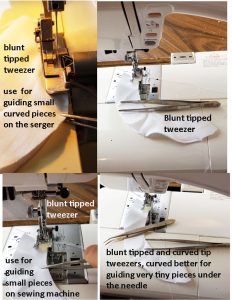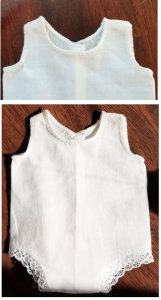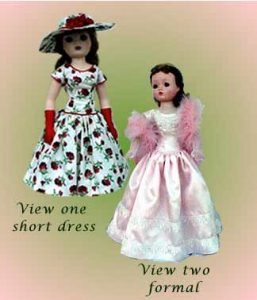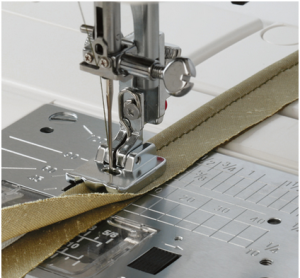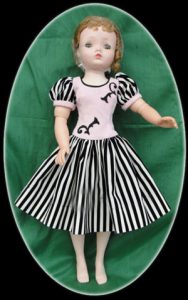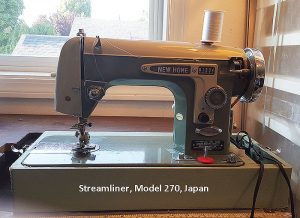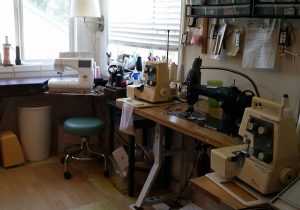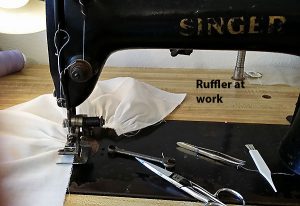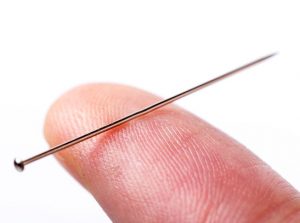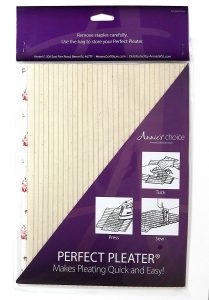 Another item I have been using since it was first offered for sale about 30 years ago– I own all sizes, and have worn out several. Pleats add a special touch to your heirloom quality dresses and have never gone out of style. I use the pleater to pleat skirts, but also bodice fronts, sleeves, and anything else that needs pleats. If you click here you will find a wonderful demo of how to use the pleater and some ideas for some of the many things it is useful for.
Another item I have been using since it was first offered for sale about 30 years ago– I own all sizes, and have worn out several. Pleats add a special touch to your heirloom quality dresses and have never gone out of style. I use the pleater to pleat skirts, but also bodice fronts, sleeves, and anything else that needs pleats. If you click here you will find a wonderful demo of how to use the pleater and some ideas for some of the many things it is useful for.
The only thing I might do a little differently than the video is that when I have the pleats pressed in, I take the piece to the sewing machine and sew a double row of long basting stitches across the top edge. By pulling these threads evenly, you can adjust the fit of the pleats to the bodice, or other piece they are to be attached to, and have a little fuller skirt or whatever. You don’t pull them enough to actually gather– just enough to snug them in to give a more relaxed fit with a little flair to the pleats, not so stiff looking. Click here to see an example of the pleats being a little fuller. To do pleats on a bodice, you cut a piece of fabric twice as wide as the bodice, and pleat it , press the pleats in place and stitch across the top and bottom to anchor them, then cut out the pleated bodice. Once the bodice is cut out, stitch across the shoulder seam and bottom of the bodice to anchor in place before proceeding, so it will look like this (click here) .
If you still have questions about how to do this, please feel free to ask . Your question will be answered here, you will not receive unwanted emails! We do not spam our readers.

